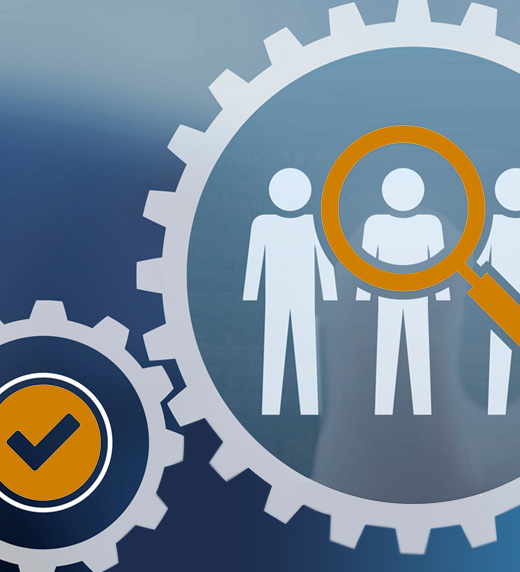
Updated February 02, 2022
Many plan sponsors have added an auto-enrollment feature to their employee retirement plans. With this feature, new employees are automatically enrolled in the plan and given the option to opt out if they’d rather not participate.
Some sponsors are taking auto-enrollment a step further by also adding auto-escalation to their plans. This feature automatically increases the percentage of pay that’s contributed to participants’ accounts on an annual basis — usually by one percentage point up to a set deferral rate, such as 10%.
A common rule of thumb for retirement saving is that individuals should save at least 10% of their pretax earnings to increase their chances of having a financially comfortable retirement. But many employees only save enough to receive the maximum employer match, which is typically around six percent of pretax earnings.
In testimony before the U.S. Senate Finance Committee, retirement experts have recommended that plan sponsors automatically enroll all employees in the plan and automatically increase contribution levels. They suggest that a model 401(k) plan template include the following:
According to a research report prepared by J.P. Morgan Asset Management, employees are less likely to increase their contributions if they are automatically enrolled in a plan at a set deferral rate. While auto-enrollment increases the percentage of employees who participate in a plan, it results in a lower overall savings rate among all participants when not paired with auto-escalation, the report concluded.
Meanwhile, a report prepared by the Defined Contribution Institutional Investment Association (DCIIA) found that in plans with auto-escalation, nearly one-third of employees were actually contributing more than 10% of pay to their plan. In plans without auto-escalation, just one-fifth of employees were contributing more than 10% of their pay.
The DCIIA found that 62% of large plan sponsors automatically enroll all new employees in the plan, but only 48% also use auto-escalation. So why aren’t more plan sponsors combining auto-escalation with auto-enrollment?
The DCIIA report identified three main reasons:
You can ward off employee complaints by improving communication, especially when it comes to stressing that employees can opt out of auto-enrollment and auto-escalation. You should also stress to employees how the power of compounding interest can boost their savings over long periods of time. The more money they contribute to their plan, the higher their account balances could be when they retire.
Also, data indicates that the majority of employees (83%) don’t object to auto-escalation and keep the escalated deferral amount in place (81%). So, concerns about employee complaints may be overblown.
Meanwhile, concerns about added cost may be short-sighted when you consider the overall benefits of helping employees prepare adequately for retirement. And remember that employer matching contributions are tax deductible, which reduces the actual cost of matching employees’ contributions at a higher rate.
A simple shift to your 401(k) matching formula could help encourage participants to boost their deferral rates.
For example, suppose you’re matching 100% of employee contributions up to five percent of their salary. Many employees will contribute up to five percent of their pay to get the full employer match. But if you change the formula to match 50% of employee contributions up to 10% of their salary, many employees will increase their contribution to 10% to get the full match. The cost to your business remains the same.
If your employee retirement plan doesn’t feature auto-enrollment and auto-escalation, you could be missing out on a tremendous opportunity to help your employees boost their retirement savings. This can benefit both your employees and your company.
Have more questions about your benefit plan? Contact our employee benefit plan experts.


